Galleries
Blue-Chip Galleries Are Fleeing Manhattan to Set Up Shop in the Tony Hamptons. Will It Be More Than a Summer Romance?
Pace Gallery and Van de Weghe are among the galleries opening spaces on Long Island.
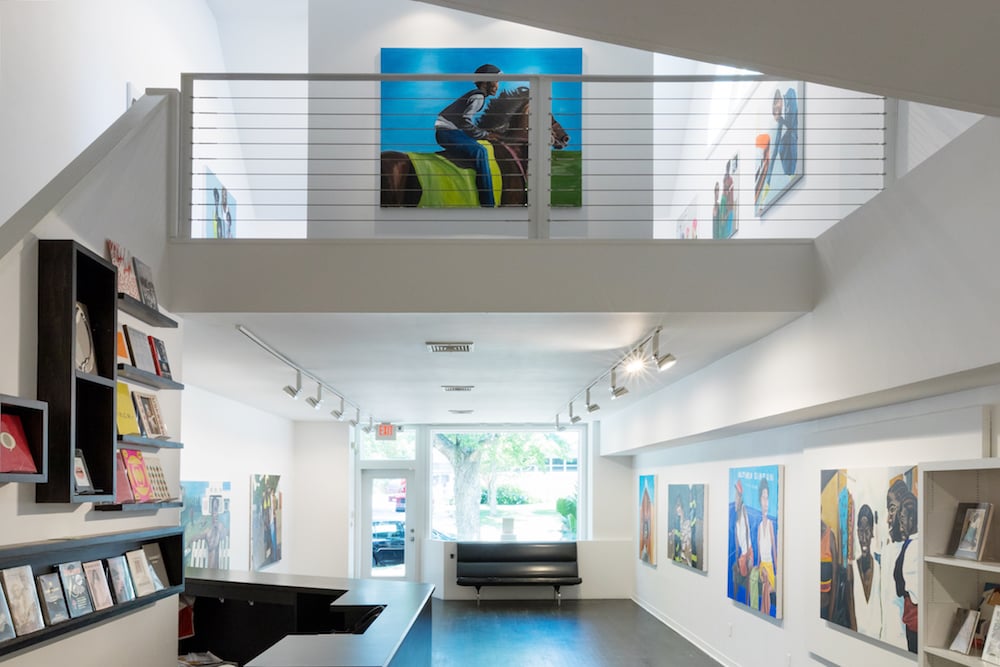
Pace Gallery and Van de Weghe are among the galleries opening spaces on Long Island.

Eileen Kinsella

With dozens of major international art fairs and marquee events cancelled for 2020 and galleries across New York still shuttered as the city emerges from lockdown, a new mini-art market is booming about 100 miles east of Manhattan on an ultra-wealthy stretch of Long Island’s South Fork.
Several blue-chip galleries, including Pace, dealer Max Levai, Van de Weghe Fine Art, Skarstedt Gallery, and auction house Sotheby’s are opening spaces in East Hampton this summer, hoping to capitalize on what may be the most high-end captive audience of billionaire collectors and connoisseurs gathered in one place in decades.
In a summer with no Venice Biennale, and with the high-profile Art Basel in Switzerland now cancelled, the typical two-month summer season in the Hamptons has now been extended, and the number of well-heeled connoisseurs and collectors in Eastern Long Island who are staying put has grown exponentially.
“I have never seen anything like it,” Upper East Side dealer Christophe Van de Weghe said of the traffic in the Hamptons. The gallerist, who typically participates in nine art fairs per year, told Artnet News he has never considered opening a space in East Hampton before, even though he has owned a home in the area for 20 years.
But after the beginning of the recent months-long lockdown, he went in search of office space. When he stumbled upon a 1,600-square-foot ground-floor space with high ceilings on Newtown Lane, he immediately envisioned a gallery where he could show Jean-Michel Basquiat, Alexander Calder, Roy Lichtenstein, and Andy Warhol.
After the past few months of quiet, he said, “I just want to work.”
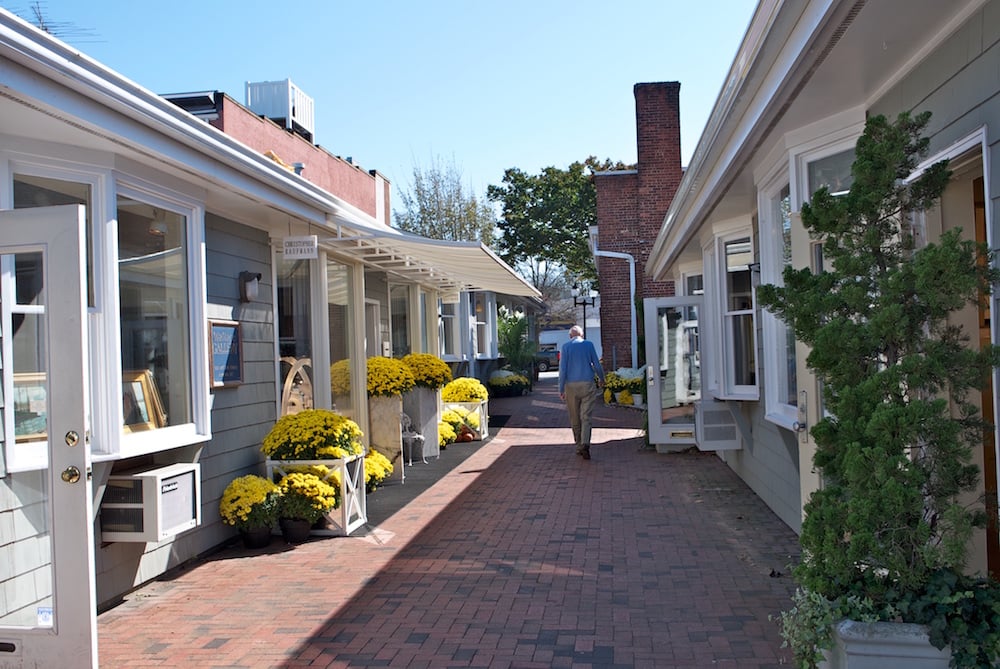
Pace Gallery’s new space in East Hampton. Photo by Sylvia Muller. Image courtesy the Mill House Inn
The ink was barely dry on Van de Weghe’s new lease when he phoned fellow Upper East Side dealer Per Skarstedt to check out the adjoining space, which Skarstedt quickly snapped up. Mega-gallery Pace, which has a new space around the corner, is also part of the new gallery mini-cluster.
“This will be our first project in the Hamptons,” Pace gallery president Marc Glimcher told Artnet News. “It came about as a direct result of the situation created by the pandemic since many of our clients are spending the summer out here. We saw an opportunity to bring our artists and our would-be Art Basel presentation directly to our audience and to generate business ahead of our New York galleries reopening this fall.”
Pace Gallery’s 1,700-square-foot gallery, located at 68 Park Place in the heart of East Hampton Village, will open in early July through Columbus Day, in October. The inaugural show is a solo exhibition of new drawings by sought-after Japanese artist Yoshitomo Nara. It will be followed by a solo show by Torkwase Dyson.
And Skarstedt says the first East Hampton exhibition will “physically mirror” its Art Basel online viewing room, including works by George Condo, Willem de Kooning, Eric Fischl, KAWS, Martin Kippenberger, Barbara Kruger, Albert Oehlen, Richard Prince, David Salle, Cindy Sherman, Andy Warhol, Rebecca Warren and Christopher Wool.
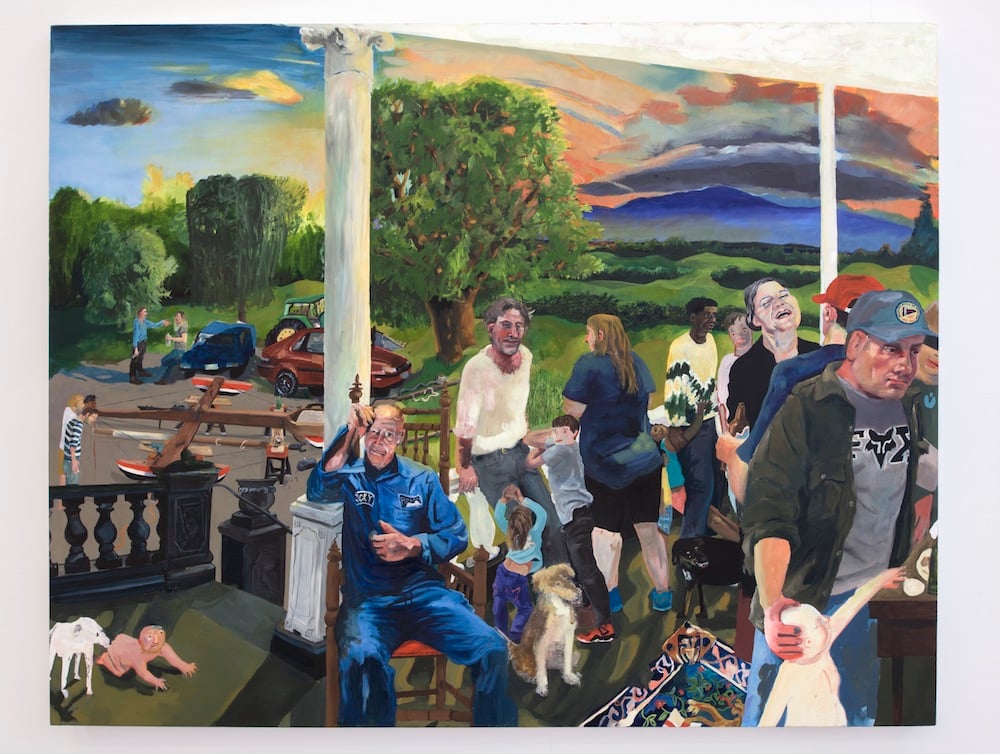
Celeste Dupuy Spencer, Rokeby (2017). Image courtesy of the artist and Alone Gallery.
Meanwhile, art dealer Max Levai has launched an innovative new project in connection with gallerist Tripoli Patterson, art collector Bob Rubin, and design and development agency Bean. Called “Alone Gallery,” the space in nearby Wainscott is designed to be experienced in total isolation, one person at a time with no gallery staff present. It will launch in Tripoli Gallery’s new location on Ardsley Road for viewings seven days a week throughout the summer. Guests will register for a time slot on the gallery website, after which the gallery will send them a door code for solitary viewing.
The series of exhibitions include shows of work by Alex Katz, Tony Matelli, Tomás Sánchez, Celeste Dupuy- Spencer alongside Alice Neel.
And it’s not just galleries getting into the game. Sotheby’s is opening a pop-up gallery in June in East Hampton, offering artworks, 20th-century design objects, and luxury goods such as watches for immediate purchase.
“The Hamptons have always been a popular setting for our clients, and we’re excited to be able to show a selection of fine art and luxury goods in a gallery setting, particularly at a time when many have been and will continue to be out East,” David Schrader, Sotheby’s worldwide head of private sales, said in an email.
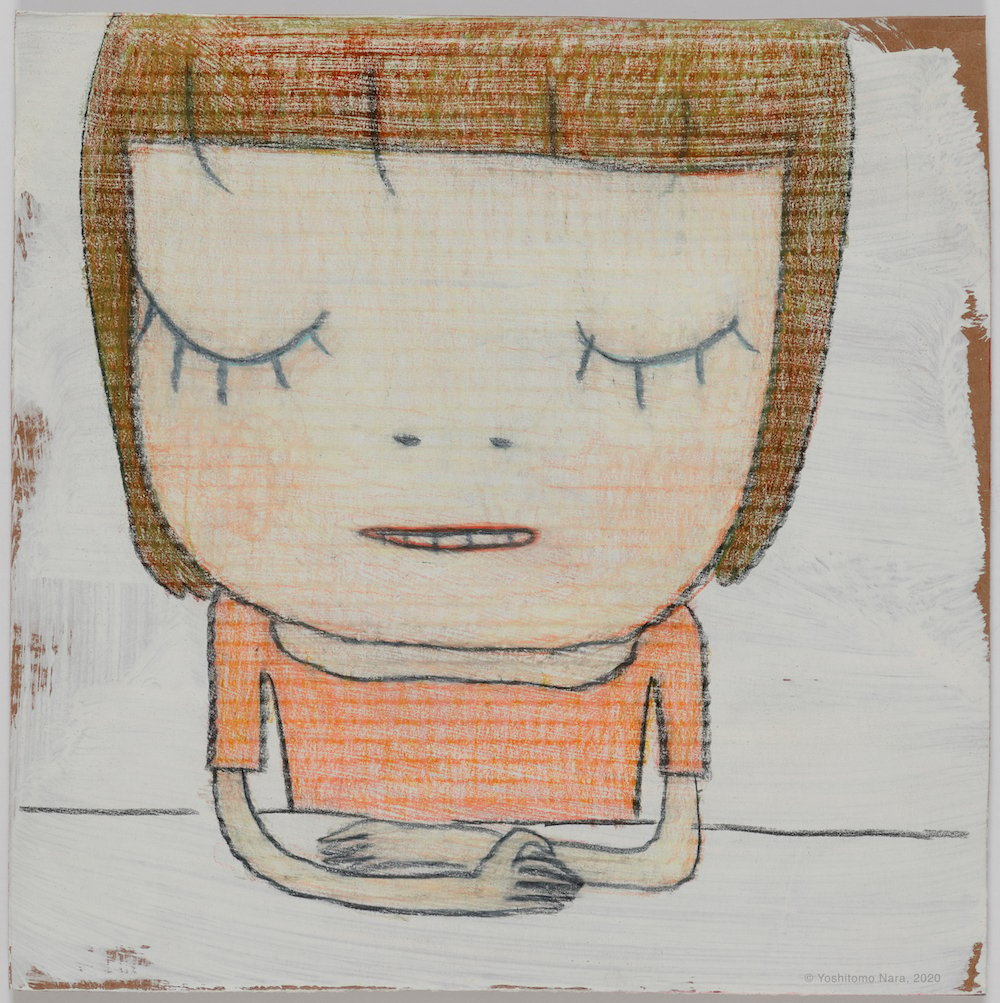
Yoshitomo Nara, Play the thinker (2020). ©Yoshitomo Nara and Pace Gallery.
“Call it reverse gentrification,” said Joel Mesler, owner of the Rental Gallery in East Hampton and a veteran art dealer who helped pioneer the vibrant Lower East Side art scene in the mid-aughts.
“It’s the one percent of the one percent here, and there are no galleries around. Newtown Lane is our version of 24th street,” he said, referring to a stretch of Chelsea where Gagosian Gallery, Luhring Augustine, Marianne Boesky and others have long operated galleries.
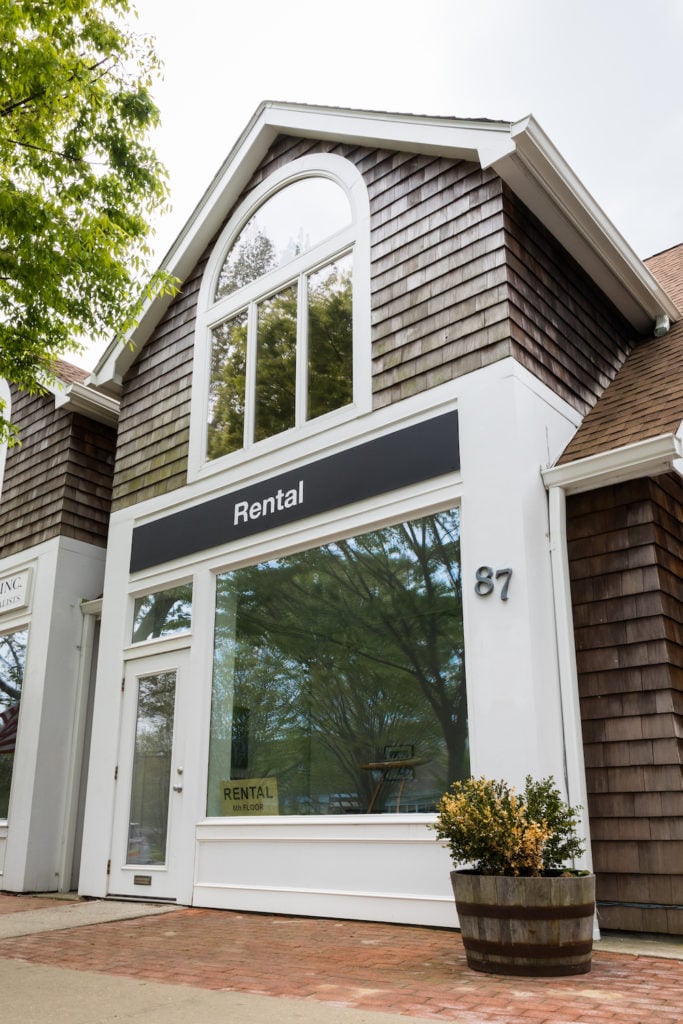
Rental Gallery in East Hampton. Photo by Jenny Gorman. Image courtesy of Joel Mesler
To be sure, there is already a small but committed group of galleries in East Hampton that includes Harper’s Books, Eric Firestone, and Ross + Kramer. Most are slowly reopening their spaces after months of being shut. Mesler, who uses his space as his art studio in the winter months, just reopened on an appointment-only basis with a show by Los Angeles-based artist Elizabeth Ibarra.
“It really has always shocked me that these large galleries were not here to begin with,” said Harper Levine, owner of Harper’s Books, which has been operating an art gallery and rare-book store in East Hampton for eight years. (He also has a space in New York City). For a major gallery with a big budget, these spaces cost roughly the equivalent of a single art fair, he said. Given the demographic, you could hang a $1 million painting on a wall and “there’s no reason why someone wouldn’t just walk in and actually buy it.
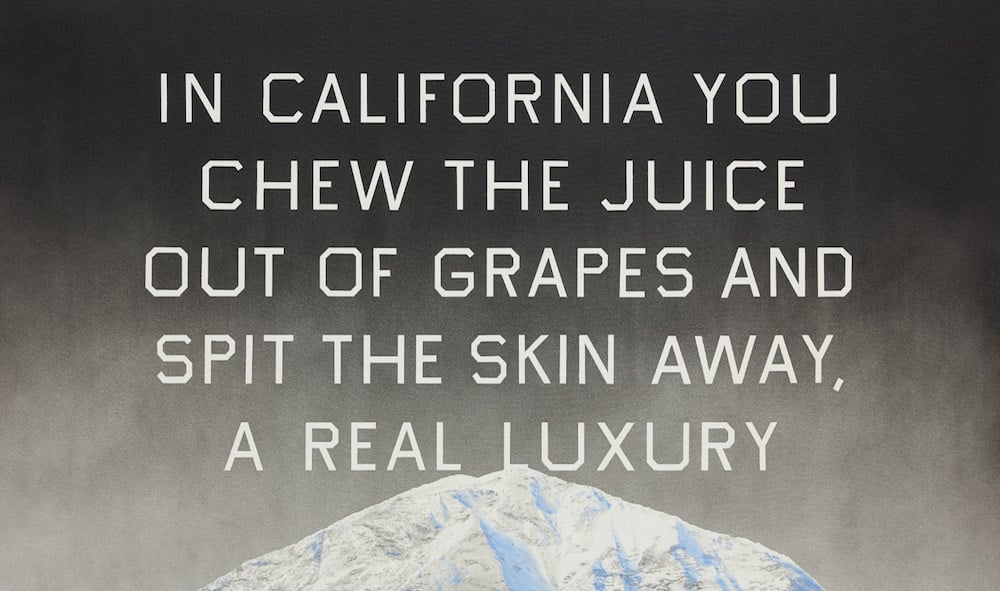
Ed Ruscha, Grape Skins Image courtesy Sotheby’s
The Hamptons has long been a summer playground for the ultra-wealthy. Despite the area’s long history of artist residents (Jackson Pollock and Willem de Kooning were only the most famous such residents of Eastern Long Island), the Hamptons’s art market has been relegated in the past few decades to splashy, event-driven, and now defunct art fairs. (The areas does have a broader landscape of revered art institutions, including the Parrish Art Museum and the Watermill Center.)
So are the dealers opening in the Hamptons now in it for the long haul? Art law specialist Thomas Danziger said he is currently negotiating leases for two gallery clients in the area, and says that he has seen 12-month and longer leases being signed. “What makes better sense than having a gallery on Main Street? It’s a destination for people internationally now in July and August.”
Van de Weghe, for his part, told Artnet News that he signed a three-year lease on his space. “We’re committed,” he said. “We want to spend time here.”